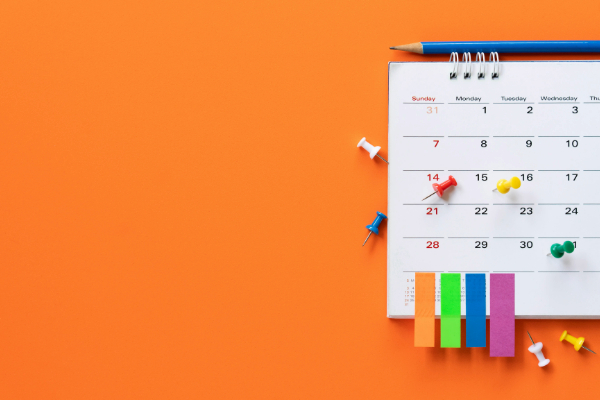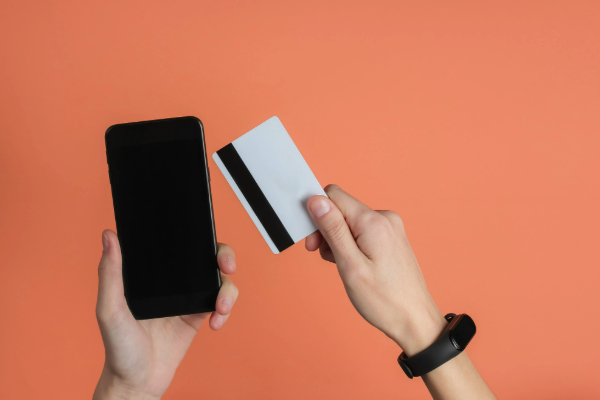Insights
INSIGHTS
All Topics
My Account
Remote working: how to back up your data securely
05 May 2020by Paul Rubens
Charities risk catastrophic interruptions to their service delivery and fundraising efforts because of the Coronavirus pandemic if staff working from home lose valuable digital data
Data losses are surprisingly common: a Backblaze survey found that 54% of people said that either they, or someone they know, has recently lost data. Causes include accidental deletion of data, disk drive failure, falling victim to a ransomware or other malware attack, and computers being lost, stolen, or destroyed in a fire or flood.
The British Chambers of Commerce found that 50% of businesses that lose data for more than 10 days file for bankruptcy immediately, and a major data loss can be equally disastrous to charities. But the risks from data loss can be mitigated almost entirely if you have an effective backup strategy in place.
What does an effective backup strategy look like?
One of the most popular backup strategies is known as the 3-2-1 strategy. This involves ensuring that you have at least three copies of your data. Two of these copies are kept "locally" at your computer – usually, the "main" copy stored on your computer that you access day-to-day, plus a backup copy stored on a USB stick or external hard drive. The final one copy is stored remotely, usually on a storage service in the cloud.
It’s worth remembering that when you store a copy of your digital data in the cloud this actually results in multiple copies in the cloud. That’s because cloud storage companies also backup the data they are responsible for in multiple locations.
What is the point of a 3-2-1 strategy?
The 3-2-1 backup strategy ensures that you have a backup copy of your data close to hand, so that in the event that you lose data from your computer you can easily access it by plugging the USB stick or external drive directly into your computer and restoring it. Even relatively large amounts of data can be restored very quickly in this way.
But by storing another copy in the cloud it also ensures that your data is still safe even if your computer and backup devices are both stolen, or destroyed in a major disaster. If that happens then it can be restored from the cloud, but this takes much longer than restoring from a local device because the data has to travel over the internet from the cloud relatively slowly.
How do you implement a 3-2-1 strategy?
Hardware
To implement a 3-2-1 backup strategy you will need a local backup storage device like a USB stick or external drive.
Good examples include:
- Seagate 500 GB One Touch SSD for PC and Mac (£75.99)
- Samsung T7 Touch SSD (£129.98)
- WD My Passport 4TB hard drive (£129.69)
- IronKey D300S Encrypted USB stick, 4 GB (£67.60)
Many backup devices can encrypt your data automatically when they store it, ensuring that it is inaccessible to thieves and hackers.
Software
When data losses happen, most people realise that it is some weeks or even months since they last thought about backing up their data. But unless a backup was performed just a few minutes prior to the data loss then it’s likely that valuable data will be lost.
For that reason, the only practical way to ensure that your data is backed up regularly is to use backup software which automates the process.
Good backup software lets you chose which files or folders should be backed up, and allows you to schedule automatic backups to take place every day, hour, or even minute. Some software even backups up files automatically every time they are altered. It will usually also offer the option to encrypt your backup data, which is useful if you are not using a device with built-in encryption capabilities.
Backup software will often also keep multiple versions of a file – perhaps versions from the last three hours, the last three days, and the last three weeks. This can be important if your data becomes corrupted or encrypted by ransomware, because it allows you to restore the last version of the file before it got corrupted or encrypted by ransomware.
Many external drives come with free backup software of varying quality, or you can use specialist backup software including:
Cloud storage
Many backup software products including Acronis True Image also provide the option to backup data into the cloud as well as onto a local storage device. Some will use their own cloud storage, while others provide a range of cloud storage options, including storing data on Microsoft’s OneDrive cloud storage service, DropBox, or Google’s Google One service. This type of storage is inexpensive: Google offers 100 GB of storage on Google One for £15.99 per year.
You can also use one backup software product to backup your data to a local device, and then use separate cloud backup software like Google’s free Backup and Sync, or cloud backup services like Backblaze, Livedrive or Carbonite (which cost around £5-£10 per month) to backup to the cloud.
More on this topic
Recommended Products
21 Feb 2025by Ioan Marc Jones
How charities stopped centring service users
20 Feb 2025by Laura Stanley
The simplest way to collect contactless donationsSponsored Article
Our Events
Charity Digital Academy
Our courses aim, in just three hours, to enhance soft skills and hard skills, boost your knowledge of finance and artificial intelligence, and supercharge your digital capabilities. Check out some of the incredible options by clicking here.

















